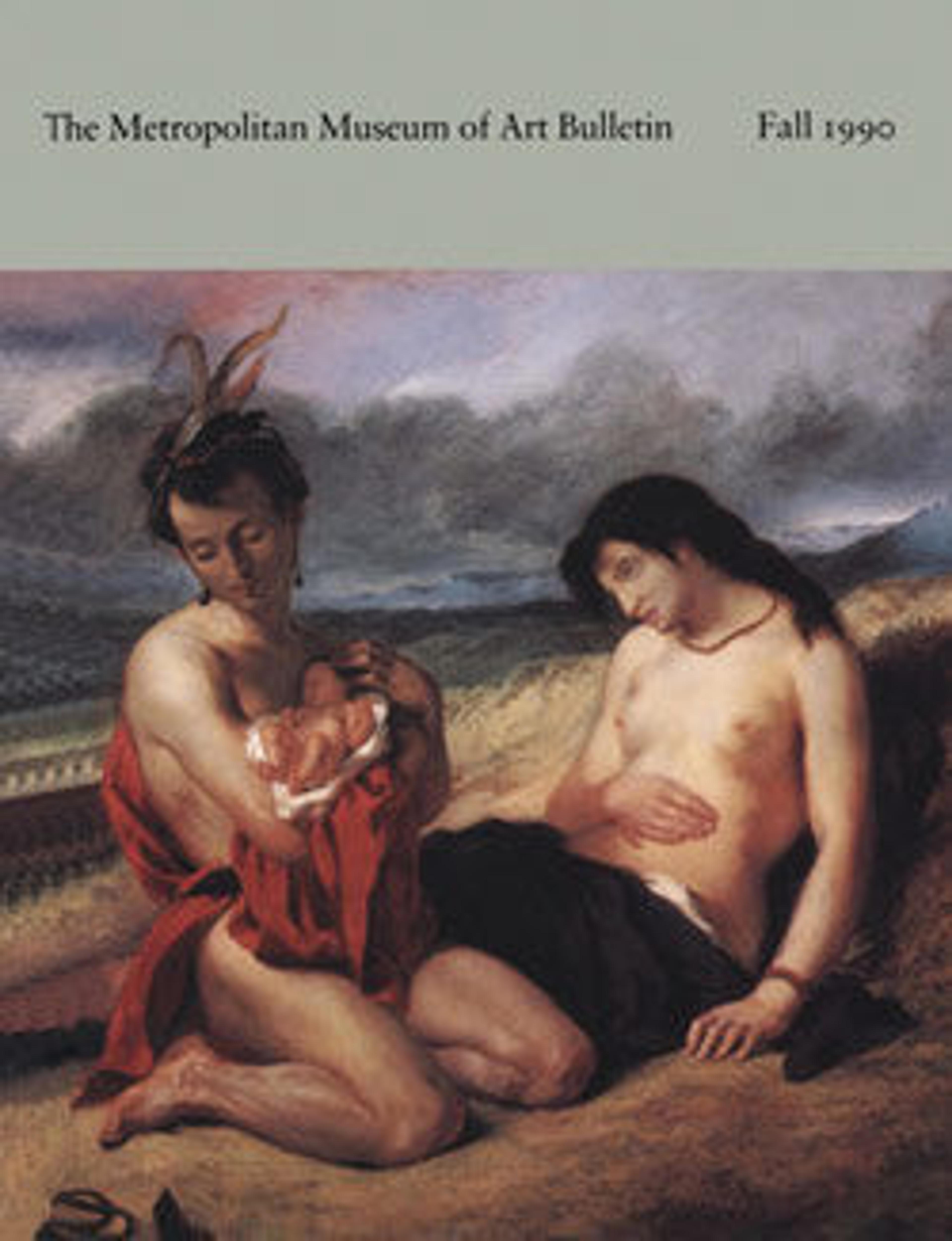Windblown bamboo
Bamboo, which bends without breaking, has long been a symbol of integrity and strength. It was also a favorite subject of Ming and Qing scholar-painters. Xia Chang, a native of the Suzhou region, enjoyed a successful official career that led to his appointment as minister of the Court of Imperial Sacrifices in 1457. He expanded Wang Fu's (1362–1416) style of bamboo painting to become the leading bamboo painter of his time, famous even in Korea, Japan, and Southeast Asia.
Applying calligraphic techniques to painting according to the precepts established by Zhao Mengfu (1254–1322), Xia Chang executed his bamboo stalks in the archaic seal-script style and his bamboo twigs in the "grass," or cursive-script, style. Xia Chang's calligraphic mode of bamboo painting was followed by many later Ming and Qing painters.
Applying calligraphic techniques to painting according to the precepts established by Zhao Mengfu (1254–1322), Xia Chang executed his bamboo stalks in the archaic seal-script style and his bamboo twigs in the "grass," or cursive-script, style. Xia Chang's calligraphic mode of bamboo painting was followed by many later Ming and Qing painters.
Artwork Details
- 明 夏昶 清風高節圖 軸
- Title:Windblown bamboo
- Artist:Xia Chang (Chinese, 1388–1470)
- Period:Ming dynasty (1368–1644)
- Date:ca. 1460
- Culture:China
- Medium:Hanging scroll; ink on paper
- Dimensions:Image: 80 1/16 x 23 1/2 in. (203.4 x 59.7 cm)
Overall with mounting: 118 x 29 3/8 in. (299.7 x 74.6 cm)
Overall with knobs: 118 x 32 13/16 in. (299.7 x 83.3 cm) - Classification:Paintings
- Credit Line:Edward Elliott Family Collection, Gift of Douglas Dillon, 1989
- Object Number:1989.235.1
- Curatorial Department: Asian Art
Audio
7387. Bamboo in Wind
0:00
0:00
We're sorry, the transcript for this audio track is not available at this time. Please email info@metmuseum.org to request a transcript for this track.
More Artwork
Research Resources
The Met provides unparalleled resources for research and welcomes an international community of students and scholars. The Met's Open Access API is where creators and researchers can connect to the The Met collection. Open Access data and public domain images are available for unrestricted commercial and noncommercial use without permission or fee.
To request images under copyright and other restrictions, please use this Image Request form.
Feedback
We continue to research and examine historical and cultural context for objects in The Met collection. If you have comments or questions about this object record, please contact us using the form below. The Museum looks forward to receiving your comments.
